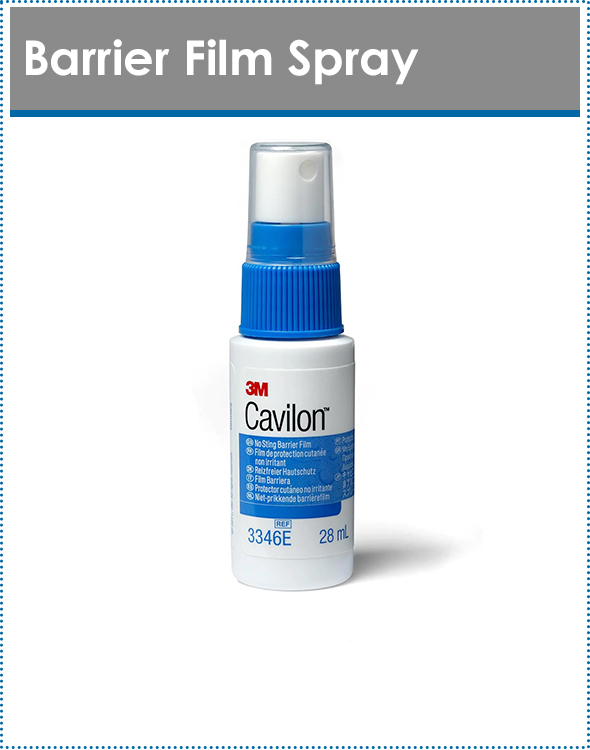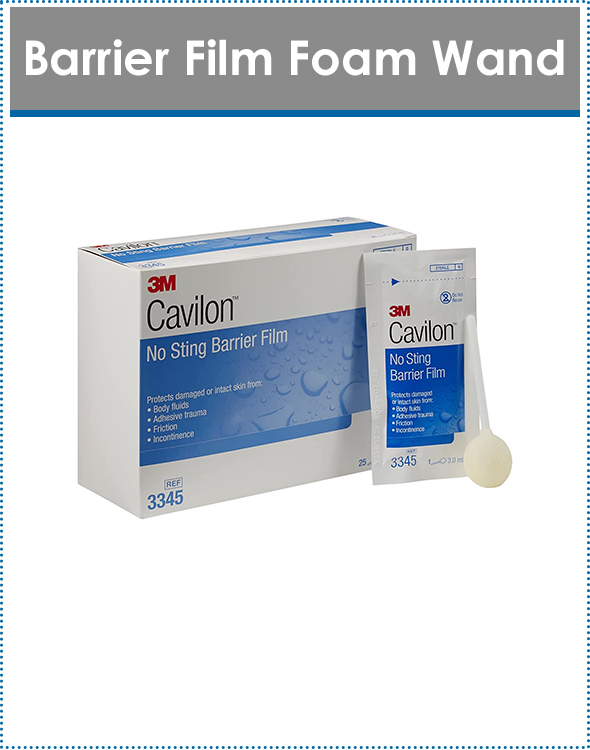- My Account
- Place a Reorder
- Logout


Clinically-supported chemistry. Powerful impact.
First to market. Only one of its kind.*

Durable
Fast-drying,¹ long- lasting, waterproof and doesn’t wash off,² making it easy for clinicians to use.

Effective
Helps maintain a continuous protective coating, plus it’s sterile** and chemically compatible with chlorhexidine gluconate (CHG),³ making it essential for vascular access site protection.

Gentle
Alcohol-free, sting-free, fragrance-free, preservative-free and low dermatitis potential. ⁴

Versatile
Helps protect skin from friction and abrasion, ⁴ an improvement over many creams, ointments and pastes that can increase friction at the skin surface.

Proven
Unique formulation supported by 80+ pieces of evidence.
* Of leading competitors in the market, based on disclosed ingredient information.
** Wands and wipes only.
A Proven Skin Barrier
3M™ Cavilon™ No Sting Barrier Film is the original, and only, terpolymer-based alcohol-free barrier film* that helps prevent skin damage before it occurs.
• Clinically-Proven – Supported by more clinical evidence than any other moisture barrier or barrier film, 70+ clinical studies
• Versatile Solution that Guards Skin From the Outside in- solution for many skin problems including, medical adhesive-related skin injury (MARSI), periwound skin damage, peristomal skin damage, incontinence-associated dermatitis and other moisture and friction skin damage prevention needs
• Patient Friendly – Alcohol-free, hypoallergenic formula won’t sting or irritate skin — can be used on intact or damaged skin
• Simplifies Caregiving – Cost effective, durable, breathable, fast drying, non-sticky, waterproof and CHG compatible formula allows for continuous visualization and monitoring of the skin.
• Unique Formulation – Original, and only terpolymer based alcohol-free barrier film that provides protection from skin damage. It is flexible and conforms to the skin during movement and position changes allowing for a continuous skin protection barrier
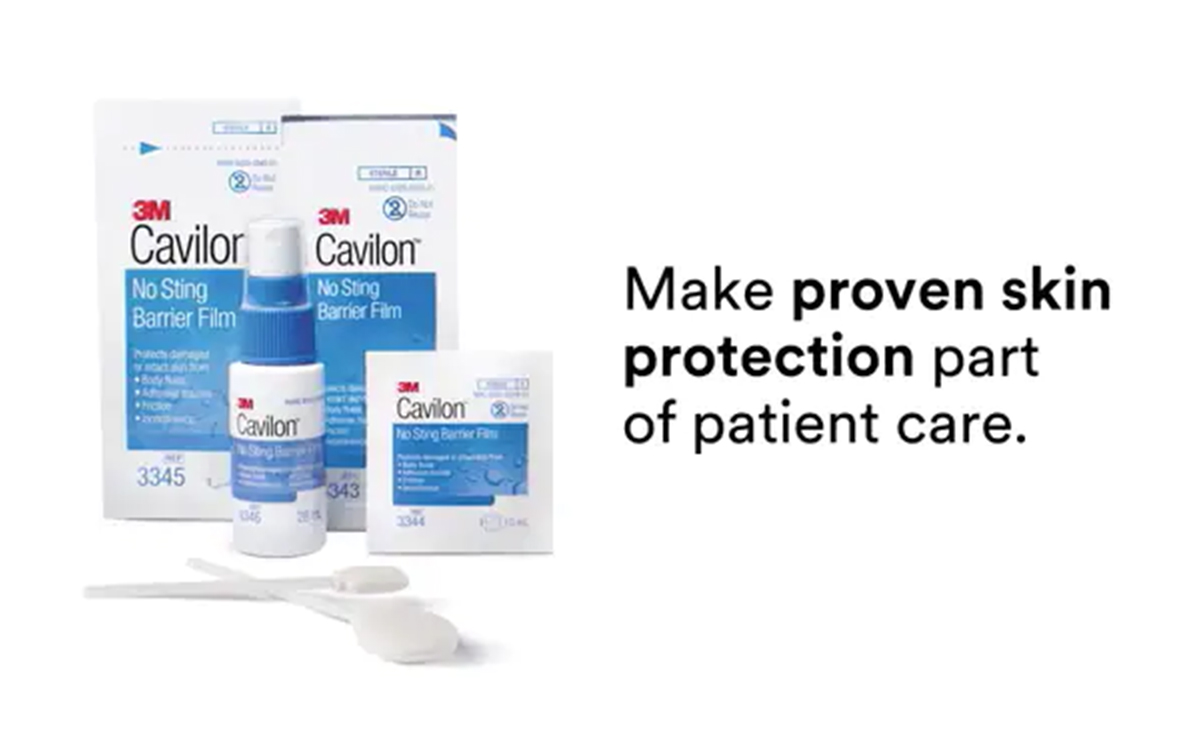
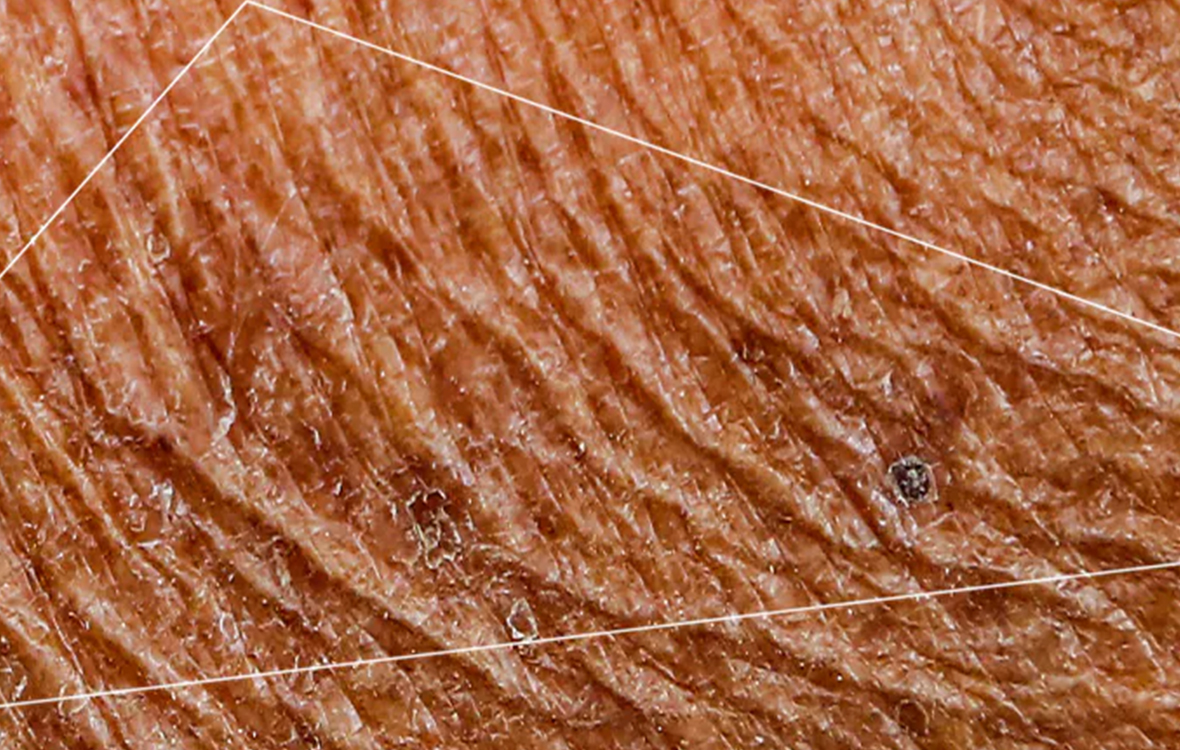
Suggested Applications for Cavilon™ No Sting Barrier Film
• Helps prevent incontinence -associated dermatitis
• Peristomal/Peritube skin protection
• Periwound skin protection
• Medical Adhesive-related skin injury (MARSI) prevention around I.V. sites; Medical Adhesive-related skin injury (MARSI) prevention under dressings, tapes and negative pressure wound therapy (NPWT)
• Protection from moisture and friction (MASD)

Application of Cavilon™ No Sting Barrier Film at time of catheter insertion:
1. Prepare for and follow catheter insertion procedure per facility protocol.
2. Apply antiseptic prep and allow to dry completely.
3. Insert catheter.
4. Apply barrier film: Avoiding the area immediately surrounding insertion site (approximately 2cm), apply an even coating of Cavilon No Sting Barrier Film to the area that will be covered by the adhesive dressing/device. If using Tegaderm™ CHG Chlorhexidine Gluconate I.V. Securement Dressing do not apply the film to skin where the CHG gel pad is placed.
5. Allow Cavilon No Sting Barrier Film to dry completely (approximately 30 seconds).
6. Apply dressing: Tegaderm™ I.V. Advanced Securement Dressing or Tegaderm™ CHG Chlorhexidine Gluconate I.V. Securement Dressing or 3M™ PICC/CVC Securement System per protocol.
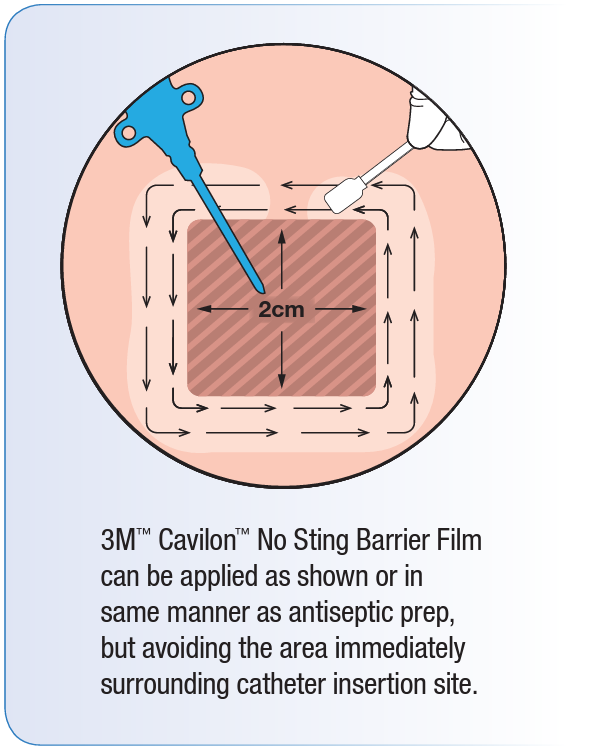
Application of Cavilon™ No Sting Barrier Film at dressing change:
1. Prepare for and follow dressing change procedure per facility protocol.
2. Remove securement dressing/device.
NOTE! Cavilon No Sting Barrier Film forms a protective interface between skin and the adhesive. It is removed with the adhesive product and must be reapplied with each dressing change.
